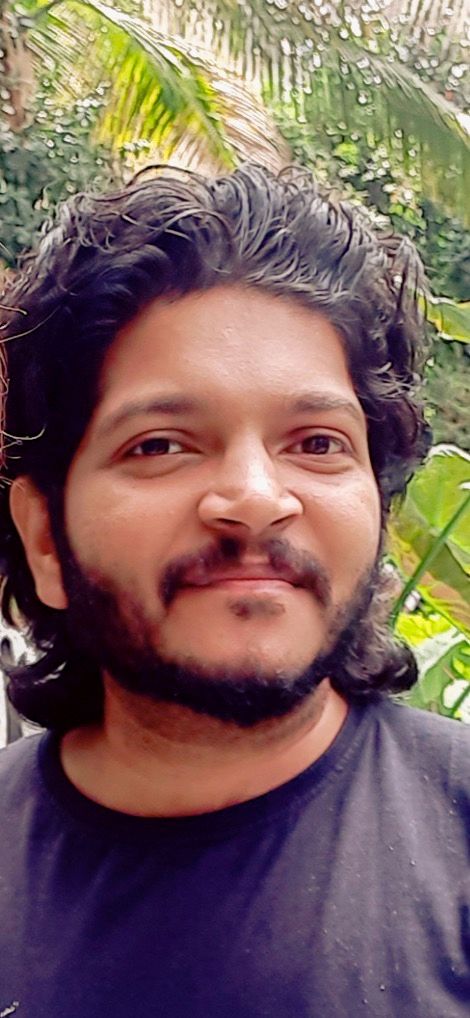Early Career Scientist Spotlight
Dr. Atul Mohan (he/him/his)
Solar and Stellar Physicist
Solar Physics Laboratory (671)
What inspired you to pursue a career in solar and stellar activity?
Since my school days, I was interested in physics and astronomy. I used to participate in science exhibitions, talent search exams, quizzes, and events organized by our local planetarium. Popular science shows and books, especially by Stephen Hawking, formed my first source of inspiration to understand the heavenly bodies and the universe. During my master’s in physics, I did a project at the Indian Institute of Science in Bangalore under the mentorship of Dr. Tarun Deep Saini, where I learned the basics of astrophysical plasmas. This experience motivated me to search for a PhD position in astrophysical plasmas. I was selected to pursue a PhD degree at the NCRA-TIFR, one of the leading astrophysics research centers in India, which also runs a world class radio observatory, namely the Giant Meterwave Radio Telescope (GMRT). It was here that I was inspired to study the Sun, because, out of all the stars in the cosmos, the Sun is the closest and has the highest quality observations of its surface and therefore serves as an ideal astrophysical plasma “laboratory.” Later, I got interested, more generally, about the inner workings of stars and their impact on planetary systems. It raised a curious question of whether our Sun is in any way special in the Universe, especially given that it is the only star currently known to support life in a nearby planet. This curiosity motivated me to become a solar and stellar physicist.
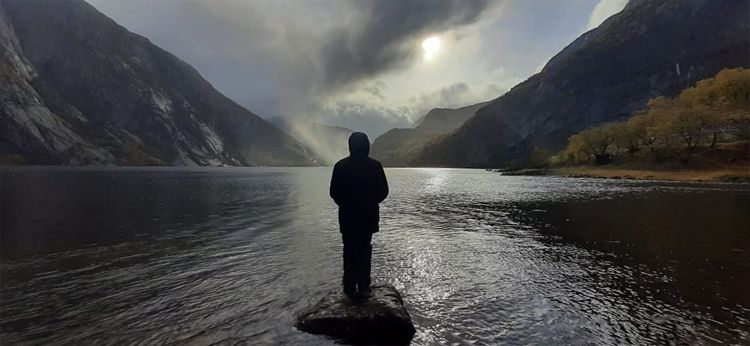
Credit: Atul Mohan
What science questions do you investigate?
I am investigating the effects of solar activity on space weather and its potential impacts on nearby planets, especially our Earth. This includes understanding the physics behind weak and strong flares and explosive events that often drive energetic particles and plasma into inter-planetary space. I also try to apply our knowledge on solar activity, and its evolution and impacts on the Earth, to understand other stellar systems. By doing such a comparative study, we can assess the conditions in which the exoplanets might be residing close to other stars and try to assess how habitable those exoplanetary worlds are.
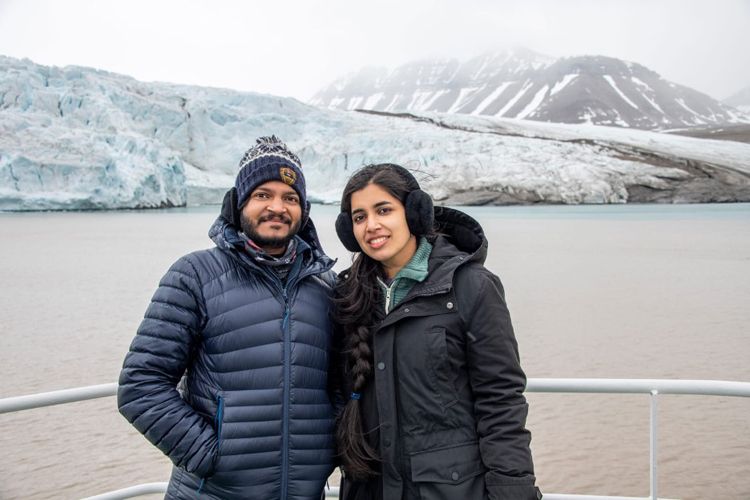
Credit: Atul Mohan
What is one research project that you are particularly excited about, and why?
One project I’m very excited about is my work to derive a set of “sun-as-a-star” observational proxies that can be extrapolated to other stars in order to better understand the characteristics of observed stellar flares. As the Sun is the only star with the high-quality observations that allow us to see all spatial features during different types of active phenomena, it is an excellent candidate to explore the different physical conditions that lead to different types of stellar atmospheric activity. We have decades of data for solar activity, across X-ray to radio wavelengths and from various missions and telescopes, which show us many different eruptions and flares in high definition. On the contrary, even our most powerful telescopes can only see a non-Sun star as a point source with variations in intensity. Also, observations of stellar sources often are more limited in wavelength coverage due to a lack of dedicated instruments compared to the Sun. In this project, we intend to use the large volume of high-definition solar images available in databases across X-ray to radio wavelengths to build spatially averaged observational proxies that can provide insight into stellar observations. We hope that these solar templates can help predict the kind of phenomena happening on the stellar surface during a flare and assess if the flare could have led to any form of eruption that may be disruptive to any close-in exoplanets.
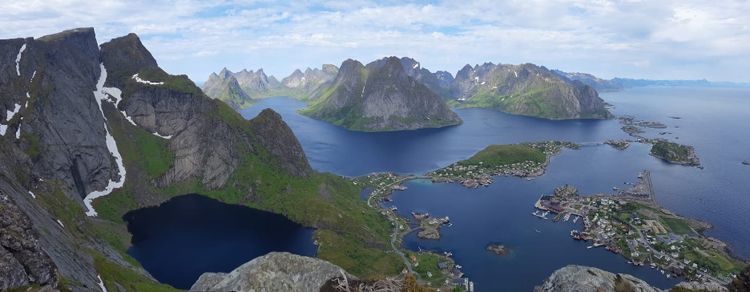
Credit: Atul Mohan
What is an interesting problem or hurdle that you’ve overcome in your work?
I have faced some quite interesting challenges during my career, all of which mainly pertain to building optimized software pipelines (Python-based) to identify, retrieve, calibrate, and analyse large science-relevant datasets. Recently, I had to analyse 8 hours of data monitoring an active star, AD Leo (a cooler, and more frequently flaring young star compared to the Sun). The data was gathered every 5 seconds across 2900 sub-frequency channels in a 550-850 MHz radio band, which amounts to approximately 16.7 million images of the star. My task was to find any signatures of an eruptive event in the star, which could be identified by a distinctive emission pattern in the frequency and time axes. An unsupervised automated pipeline was built and optimized for the task and applied to the data, which resulted in the first detection of a particular type of radio burst with characteristics that are comparable to those of solar bursts associated with massive eruptions. This is the first report of such a burst on a hyper-active star of the sort.
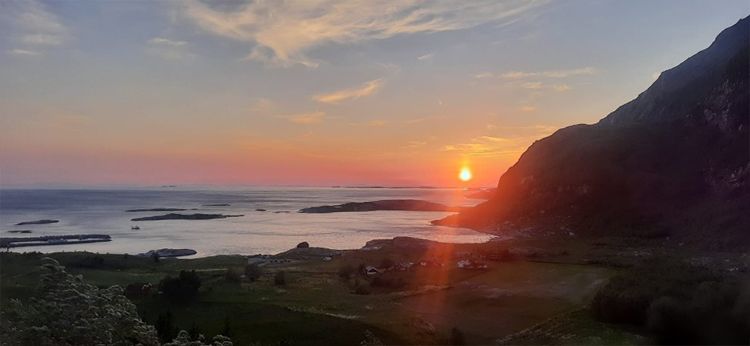
Credit: Atul Mohan
Did you always know that you wanted to study solar and stellar activity?
As mentioned before, I knew I wanted to study astrophysical plasmas when I started graduate school. What turned me into a solar and stellar physicist, however, was my previous postdoctoral research position. I always keep an open mind and let my instincts and evolving interests guide me. While completing my PhD dissertation on solar activity, I became interested in how the Sun compares to other stars, but I had no concrete ideas on how my experience in solar physics could improve our understanding of stellar activity in general. Even starting in my undergrad days, I have always enjoyed being exposed to inter-disciplinary research and the rewards of applying ideas and techniques from a more matured field to another relatively young but connected field. This factor motivated me to pick up a postdoctoral project in understanding stellar activity from a solar perspective.
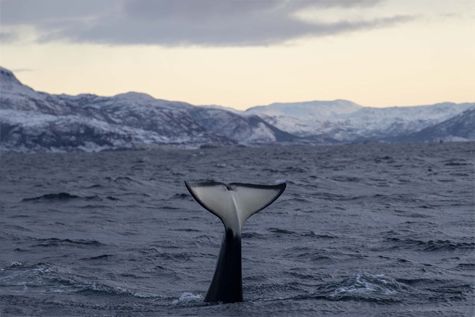
Credit: Atul Mohan
What do you like to do in your free time?
My wife and I like to take breaks to go on backpacking trips, which involve a lot of hiking and interaction with local people and nature. We like to learn about the culture and history of every place we go to. We love exploring different types of unique geographic locations and safaris. When we are not in a backpacking mode, we explore the museums, hikes, and cultural events in the city we live in. Being foodies, we explore different cuisines at local restaurants and experiment with some of them at home. Finally, we also love movies and documentaries, and we actively follow channels discussing social issues. Every day we watch some show or a movie together before going to bed.
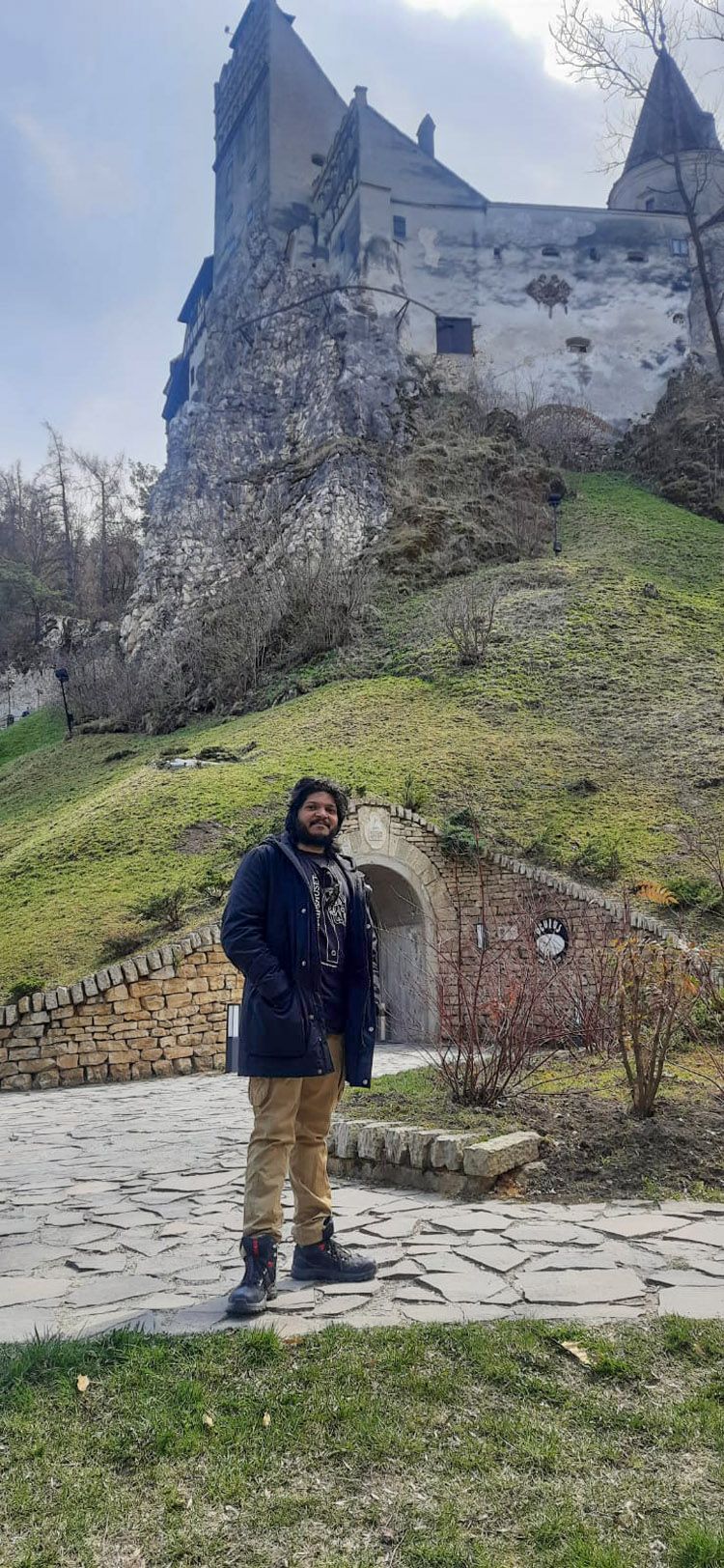
Credit: Atul Mohan
What advice would you give your younger self?
To my younger self I would say: “it’s ok that you were not admitted into a top US graduate school; you are going to be at NASA Goddard soon!” Though I say this as a fun note, I see people getting worried a lot and forgetting to live the only life they have on the only known habitable planet in this universe. Success is all about knowing your passion, keeping that alive, and going forward focused on your own personal improvement rather than comparing yourself to others and worrying. There will always be more opportunities coming for those who seek them. Also, passion evolves with time, so keep chatting with yourself, and do the right thing for you and for the people you care about, regardless of if it fits into social templates of success. I think success is in part knowing what you really want, without anyone watching or judging you, and then working towards that which gives you fulfillment and meaning.
Biography
Home Town:
Kozhikode, India
Undergraduate Degree:
Integrated BS-MS, Indian Institute of Science
Education and Research – Thiruvavanthapuram (IISER-Tvm), Kerala, India
Post-graduate Degrees:
PhD, National Centre for Radio Astrophysics –
Tata Institute of Fundamental Research (NCRA-TIFR), Pune, India
